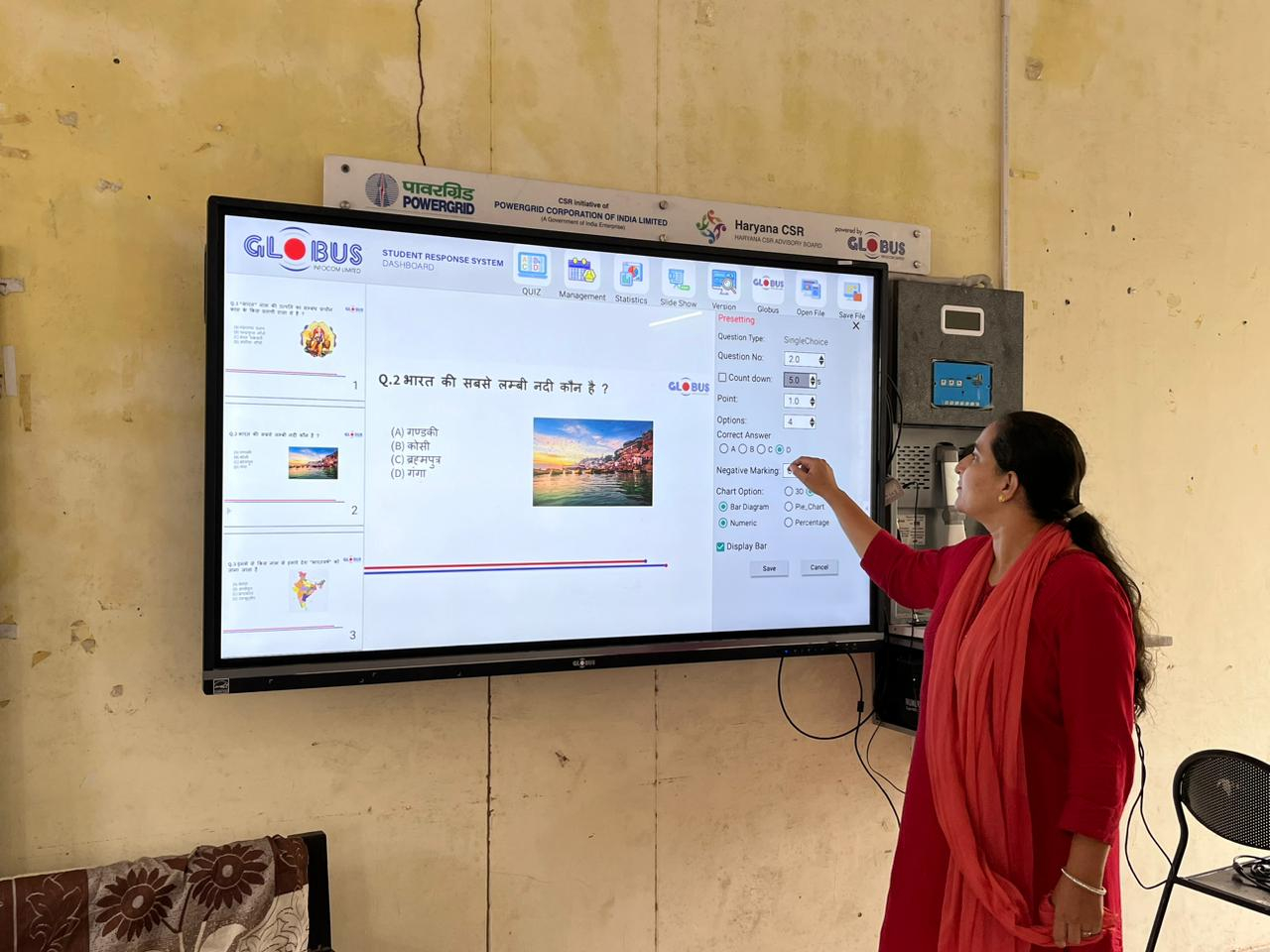- Description
-
Details
The traditional classroom model of education has remained largely unchanged for centuries. However, with the rapid advancement of technology and the growing demand for more dynamic and interactive learning experiences, the concept of the smart classroom has emerged as the future of education. Smart classrooms leverage cutting-edge technology to enhance the teaching and learning process, making education more engaging, efficient, and accessible. In this article, we will explore the various facets of smart classrooms and their potential to revolutionize education.
The Evolution of Education
Education has come a long way from the days of chalkboards and printed textbooks. The advent of computers, the internet, and digital devices has already transformed the way students access and consume information. However, the smart classroom takes this evolution a step further by integrating technology seamlessly into the learning environment.
Key Components of a Smart Classroom
-
Interactive Displays and Whiteboards: Smart classrooms are equipped with interactive displays or whiteboards that replace traditional blackboards. These digital boards allow teachers to write, draw, and project multimedia content for a more engaging learning experience. Students can also interact with the content, solving problems or answering questions directly on the board.
-
Digital Content: Textbooks are being replaced by digital content, which can be accessed on tablets, laptops, or even smartphones. This not only lightens the physical load of students' backpacks but also allows for more dynamic and interactive learning materials.
-
High-Speed Internet: Smart classrooms require reliable and high-speed internet connectivity to access online resources, conduct research, and participate in virtual learning activities. This connectivity also enables real-time collaboration and communication with experts and peers worldwide.
-
Adaptive Learning Software: Advanced software platforms use artificial intelligence (AI) to tailor educational materials to individual student needs. These programs track a student's progress, adapt the difficulty level of assignments, and provide personalized feedback, making learning more efficient and effective.
-
IoT Devices: The Internet of Things (IoT) is making its way into smart classrooms through sensors and devices that can monitor and control environmental factors like lighting, temperature, and air quality to create an optimal learning environment.
-
Virtual and Augmented Reality (VR/AR): VR and AR technologies enable immersive learning experiences. Students can explore historical sites, dissect virtual organisms, or simulate scientific experiments, making abstract concepts tangible and engaging.
-
Online Collaboration Tools: Smart classrooms emphasize collaboration, and tools like video conferencing, document sharing, and online discussion forums facilitate interaction between students, teachers, and experts from around the world.
Benefits of Smart Classrooms
-
Enhanced Engagement: Smart classrooms leverage multimedia content, interactivity, and gamification to keep students engaged and motivated to learn.
-
Personalized Learning: Adaptive learning software tailors lessons to individual students, accommodating different learning styles and paces.
-
Global Connectivity: Students can connect with peers and experts globally, gaining diverse perspectives and experiences.
-
Efficiency: Digital resources reduce paperwork and administrative tasks for teachers, allowing them to focus on teaching.
-
Access to Resources: Smart classrooms provide access to a vast array of online resources, enabling students to explore topics beyond the scope of traditional textbooks.
-
Environmental Impact: Digital learning materials reduce the consumption of paper and other resources, contributing to a more sustainable future.
Challenges and Considerations
While smart classrooms offer immense potential, they also come with challenges and considerations:
-
Cost: Implementing and maintaining smart classroom technology can be expensive, requiring investments in hardware, software, and infrastructure.
-
Digital Divide: Not all students have access to the necessary devices and internet connectivity, potentially exacerbating educational inequalities.
-
Privacy and Security: Protecting student data and ensuring the security of online learning environments is a growing concern.
-
Teacher Training: Teachers need training to effectively use smart classroom technology and adapt their teaching methods.
-
Overreliance on Technology: Balancing technology with traditional teaching methods is essential to avoid over-reliance on screens and devices.
The Future of Education
Smart classrooms represent a significant shift in the way education is delivered and experienced. As technology continues to evolve, the capabilities of smart classrooms will only expand. Here are some trends that may shape the future of education:
-
Artificial Intelligence: AI will play a more significant role in personalizing learning experiences, providing instant feedback, and even automating administrative tasks.
-
Immersive Learning: VR and AR will become more accessible and integrated into everyday learning, enabling students to explore complex subjects in depth.
-
Blended Learning: A combination of in-person and online learning will become the norm, offering flexibility and a more customized approach.
-
Global Collaboration: Virtual collaboration with peers and experts from different parts of the world will be a standard part of education.
-
Data-Driven Insights: The collection and analysis of data from smart classrooms will provide educators with valuable insights into student performance and learning trends.
Conclusion
Smart classrooms represent a transformative shift in the world of education. By integrating technology, interactivity, and personalized learning, they have the potential to make education more engaging and effective. However, addressing the challenges of cost, access, privacy, and teacher training will be crucial in realizing this vision of the future of education. As technology continues to advance, smart classrooms are poised to become a cornerstone of the educational landscape, preparing students for a rapidly evolving world.
Smart Classroom Images






-
- Reviews
-
Default welcome msg!

